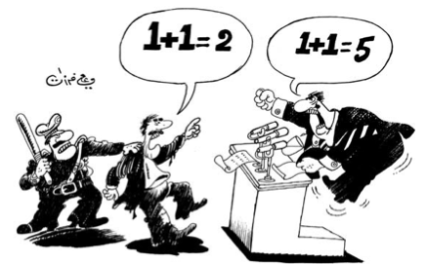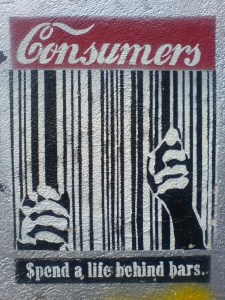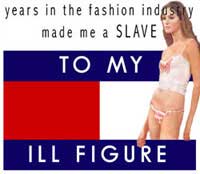HI!
So for the semester project I worked with Lena in creating a fashion oriented blog. While her dealings were based on makeup, I focused more on the fashion/clothing aspect.
Today, everywhere we look celebrities are embraced and highlighted! So for my posts on fashion I wanted to embrace and highlight an everyday girl. I wanted to make the posts VERY playful and easy breezy so that it could be appealing to read and incorporate my love for fashion and photography. I started off looking at the newest trends online and searching magazines and online for inspiration. For the most part girls popped up in the head that I knew had different styles but yet appealed to everyday girls. My main objective was to interview girls that had different styles from one another but bring them together to show how these girls were all brought into each other based on their fashion sense. I wanted to make sure the reader got the gist of the trend that was being highlighted, how the girl of the week was deciding what to where and where her inspiration came from. Most of all, I wanted to convey how the media and celebrities influenced their fashion decisions.
In all, I truly enjoyed this assignment. I’ve always LOVED fashion and I feel like this assignment combined all my interests into one, fashion, writing and photography. I really wished this assignment were the entire semester so I could have completely indulged in it and have seen a longer process. However, I do believe I will continue on with my blog. I have gotten some amazing feed back and have so many other trends in mind to touch on. Going further I cant wait to connect with other females and possibly feature men as well. I’d love to be able to do a comparison on the influence of the media and celebrates differs between sexes. I’m so glad to have been able to reconnect and get to know some of these girls and I can’t wait to see where else I can take this blog outside of our classroom assignment.
Please check out my blog and continue to do so to see what changes and what other trends I’ll cover.
http://bisouschicxo.blogspot.com





